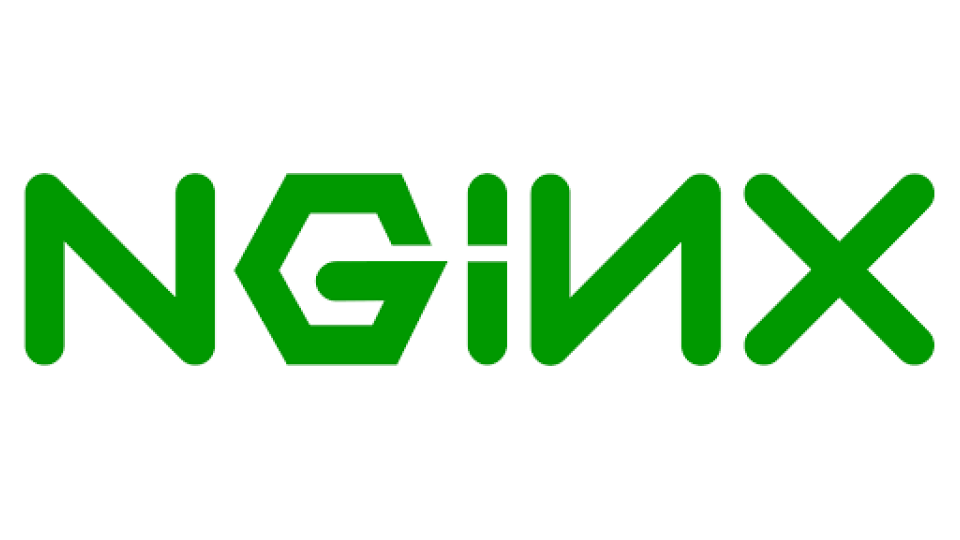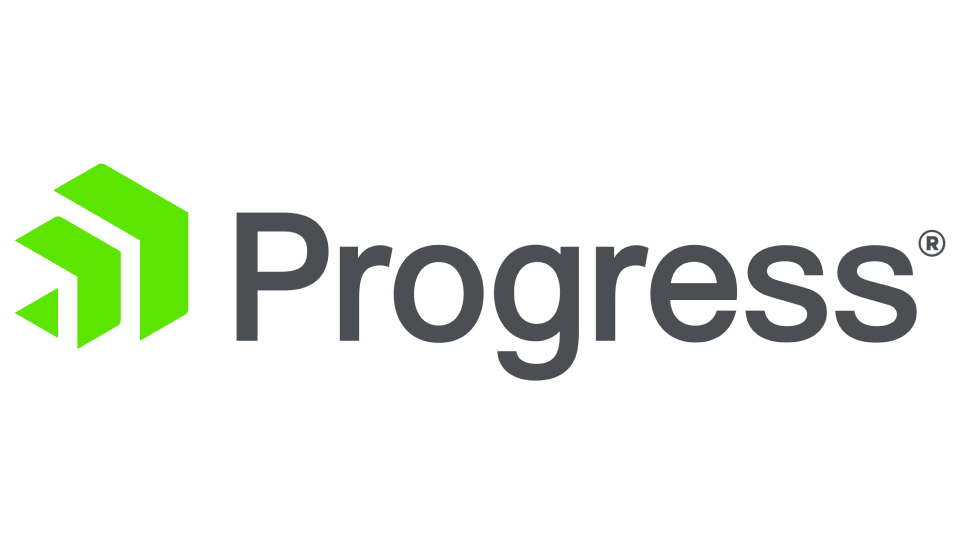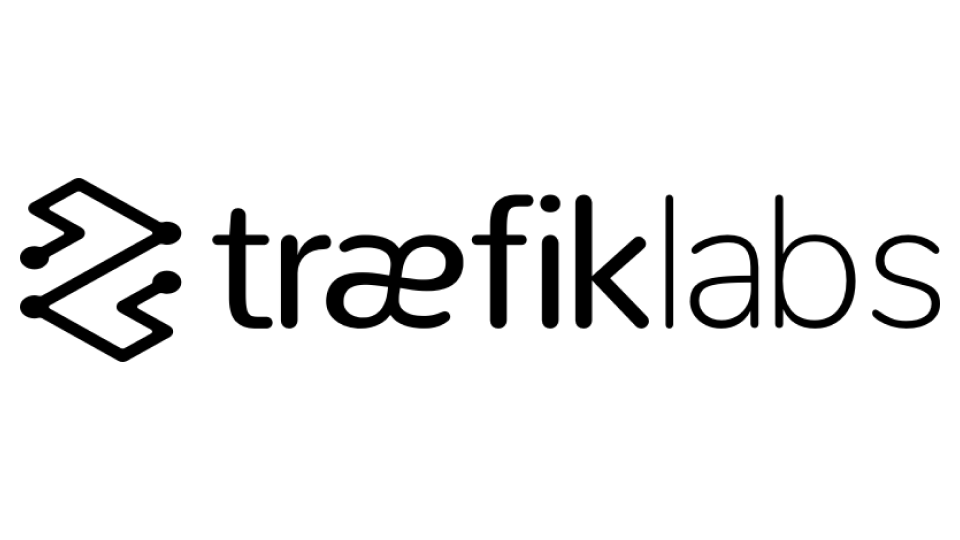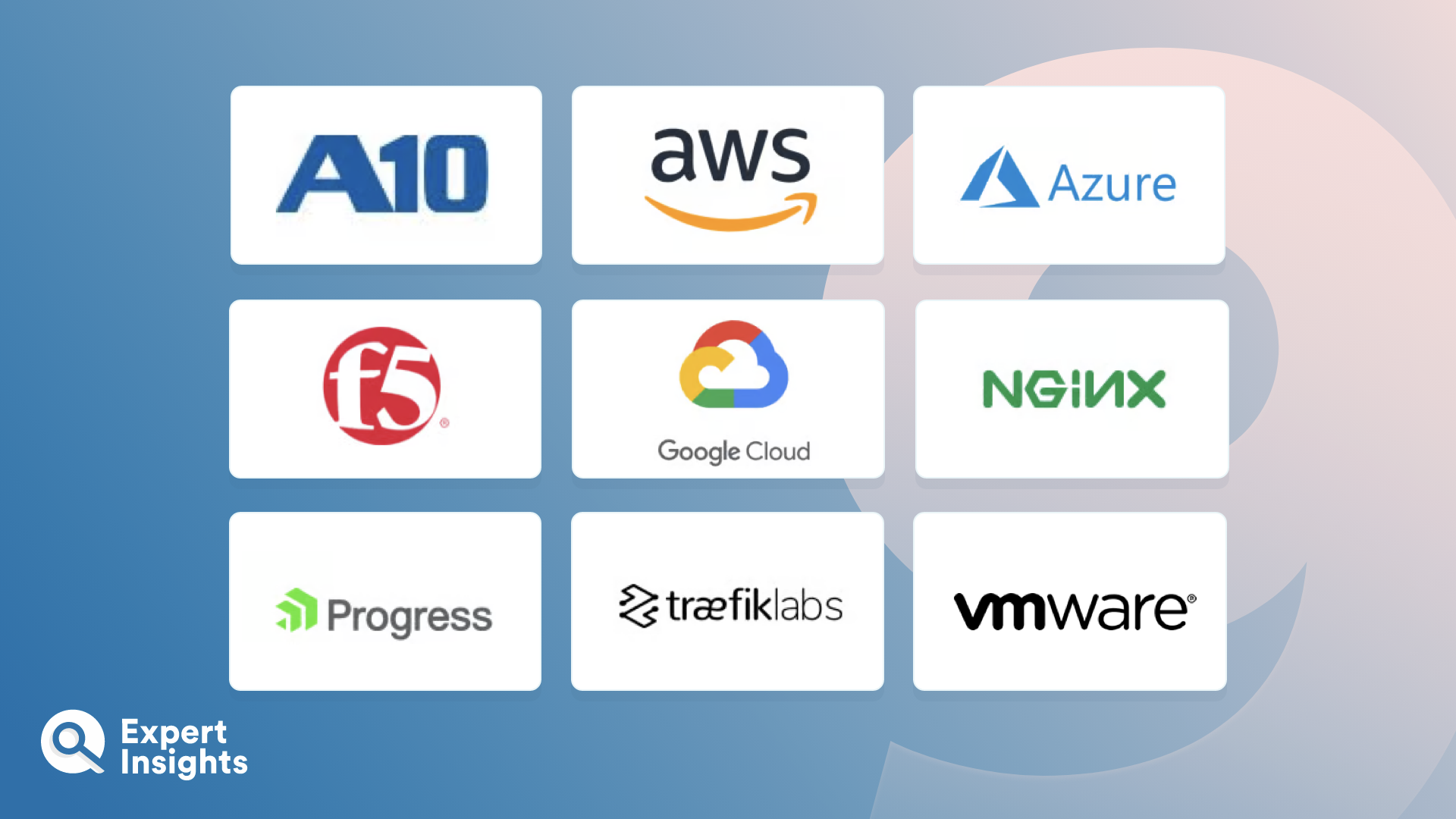Load balancing software divides user traffic across servers to prevent strain and maintain optimal network performance. When a user requests access to a resource, load balancing software assigns the request to a server based on static and dynamic algorithms. The purpose of this process is to evenly distribute incoming network traffic to ensure a high level of availability and application performance.
Load balancing software can be deployed in various ways, including as hardware software solutions, and cloud-based services, all designed with the goal of evenly distributing the network load to prevent overload, optimize resource usage, and minimize latency. Modern load balancing solutions cater to different types of applications, architectures, and network protocols while providing features like SSL/TLS offloading, session persistence, health monitoring, and analytics.
In this article, we will cover our list of the top load balancing software based on their features, performance, scalability, ease of deployment, and overall customer satisfaction.















